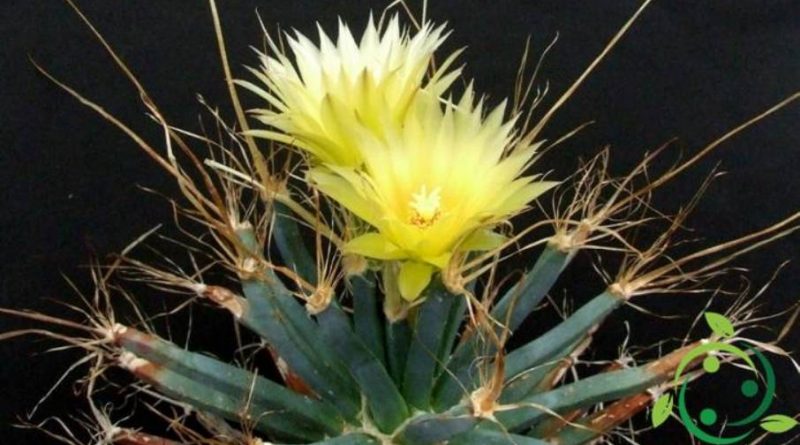How to cultivate Leuchtembergia
How to cultivate Leuchtembergia
Leuchtembergia (Leuchtenbergia Hook.) Is a genus of the Cactaceae family to which a unique species belongs, namely Leuchtembergia principis.
The genus Leuchtenbergia has genetic affinities with the genus Ferocactus, and hybrid forms have been produced in recent years between the two genera (Ferobergia).
This species is endemic to the semi desert areas of Mexico where it grows on calcareous soils in the states of Coahuila, Durango, Nuevo León, San Luis Potosí, Tamaulipas, and Zacatecas at altitudes ranging between 1,500 and 2,000 meters s.l.m ..
Leuchtembergia principis is a plant which, in its natural state, can reach 70 centimeters in height and which tends to become woody as an old one.
It has a thick fleshy stem and has large triangular greenish-bluish tubercles. On top of the tubercles placed towards the top there are bristles and long, not very rigid spines that have the function of acting as a catalyst for atmospheric humidity. The flowers are showy and large, yellow funnel-shaped with the outer petals and the apical orange part. The flowers, diurnal, sprout in late summer and develop from the apex of the young tubercles.
In this card we will see how to cultivate Leuchtembergia according to its climatic and pedological needs.
Let us say immediately that it is a species of easy cultivation provided it is cultivated in full sun and in an environment that is not too humid. Furthermore, Leuchtembergia should not be exposed for long to temperatures below 5 ° C.
The growth substrate must be that typical of cacti, with coarse sands, large aggregate weaving materials, enriched with calcareous grit.
For plants grown in pots, care must be taken as this must be of a size appropriate to the plant and quite deep, so as to ensure a balanced development of the robust tap root.
With reference to the water balance, it is necessary to water the Leuchtembergia on a regular basis during the vegetative period, avoiding any stagnation of water between one watering and the other.
Once in winter the watering will be completely suspended in order to allow the vegetative rest to the plant.
The fertilizations must be carried out monthly in the spring and autumnal periods with a fertilizer for cactaceae to be diluted in water and must be progressively decreased with the increase of the age of the plant until a single spring fertilization is made when it will be in adulthood.
For cultivated plants instead in full earth the fertilization must be done at the beginning of the spring period with well humified organic substance and mixed with the first layers of soil.
As far as propagation is concerned, it should be emphasized that Leuchtembergia principis can be multiplied starting from seed, by root sucker or by cuttings of a tubercle, even if this last technique is more difficult to succeed.

